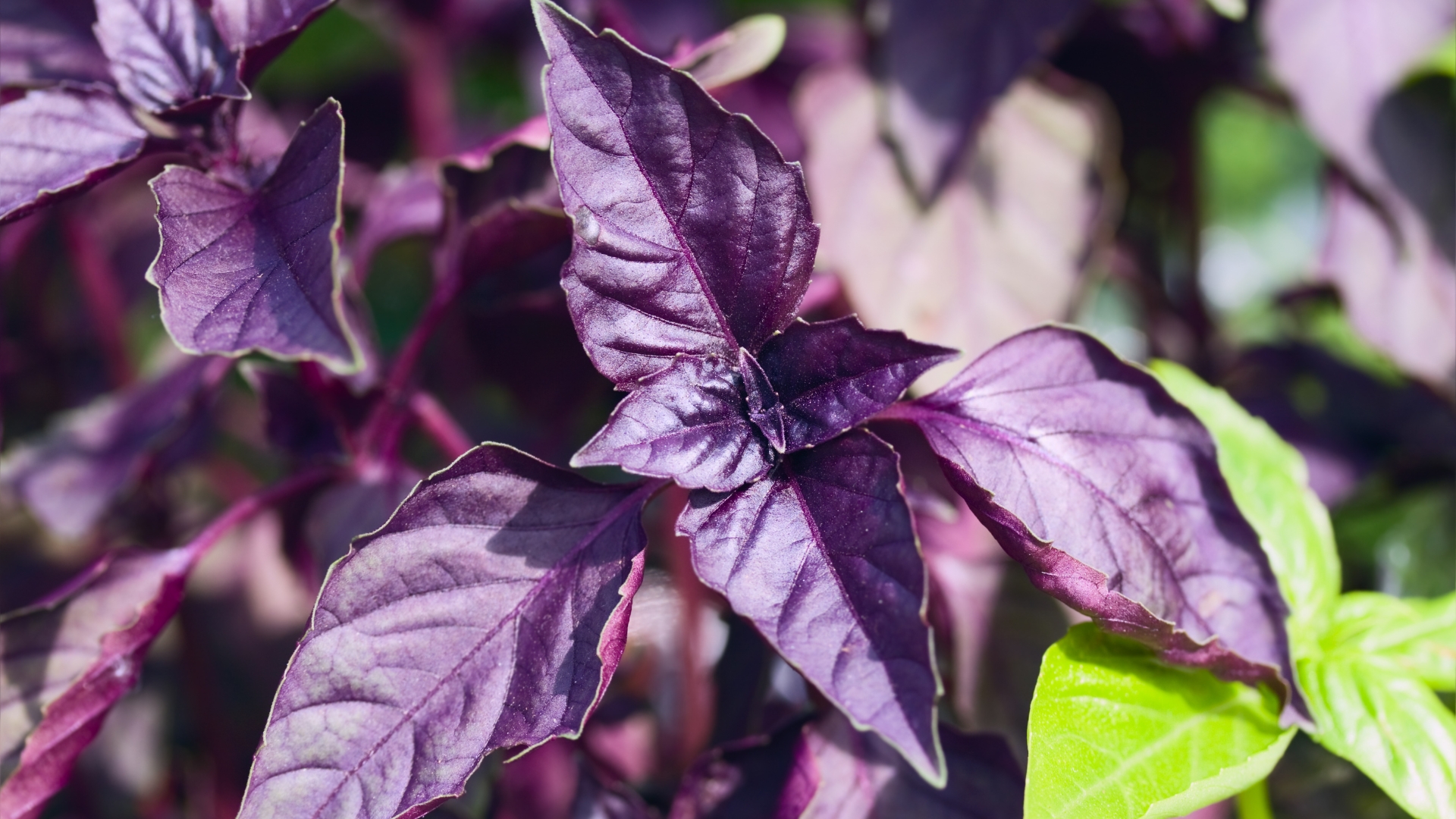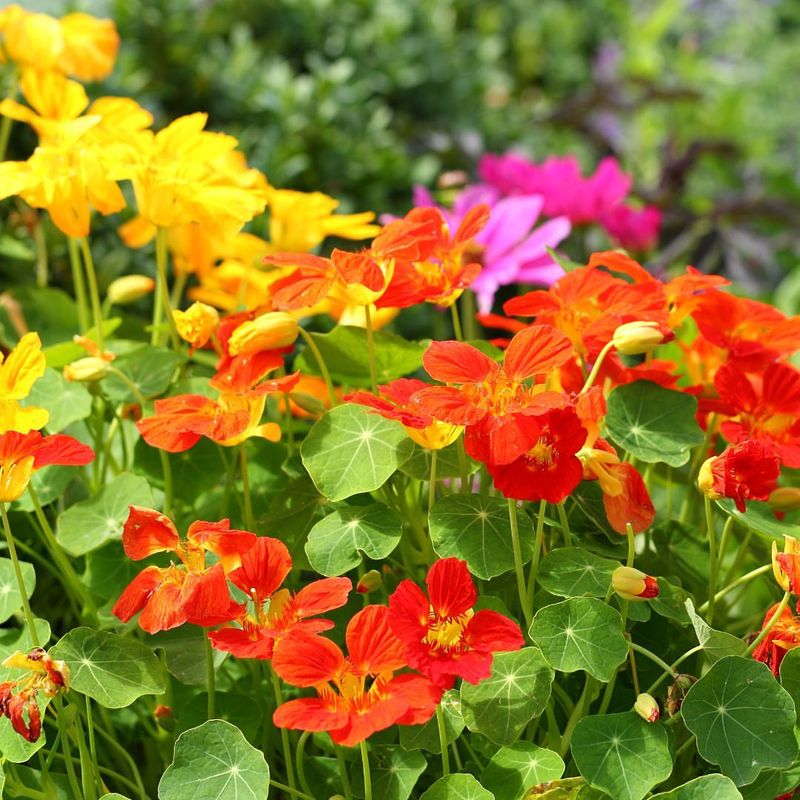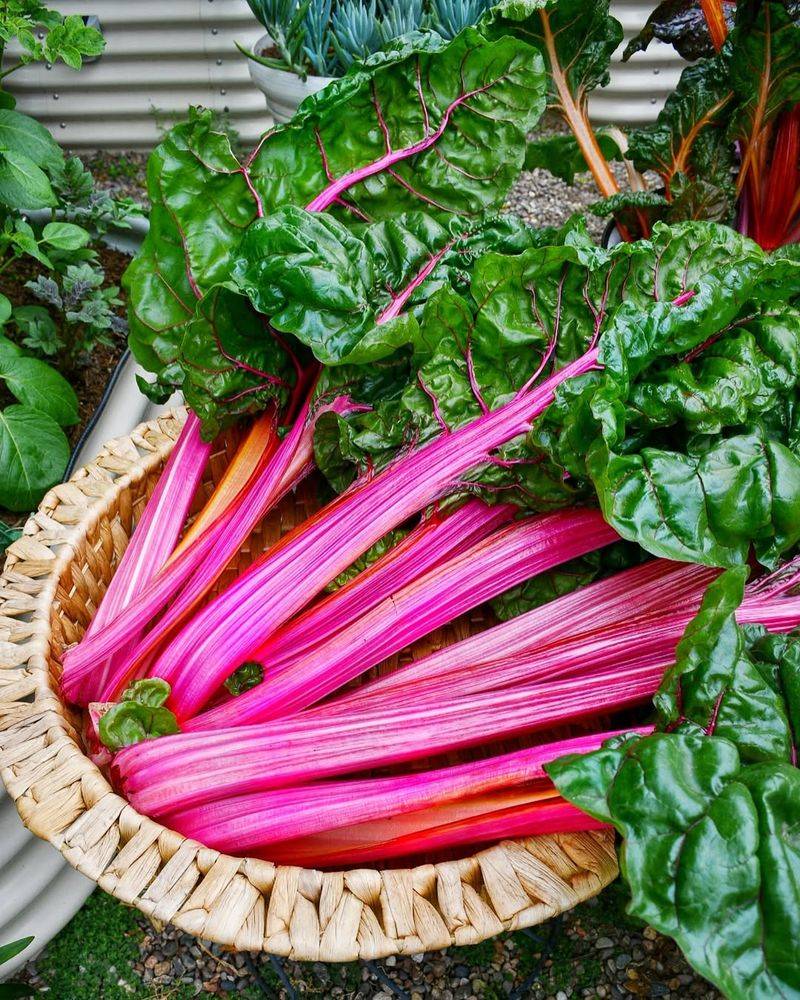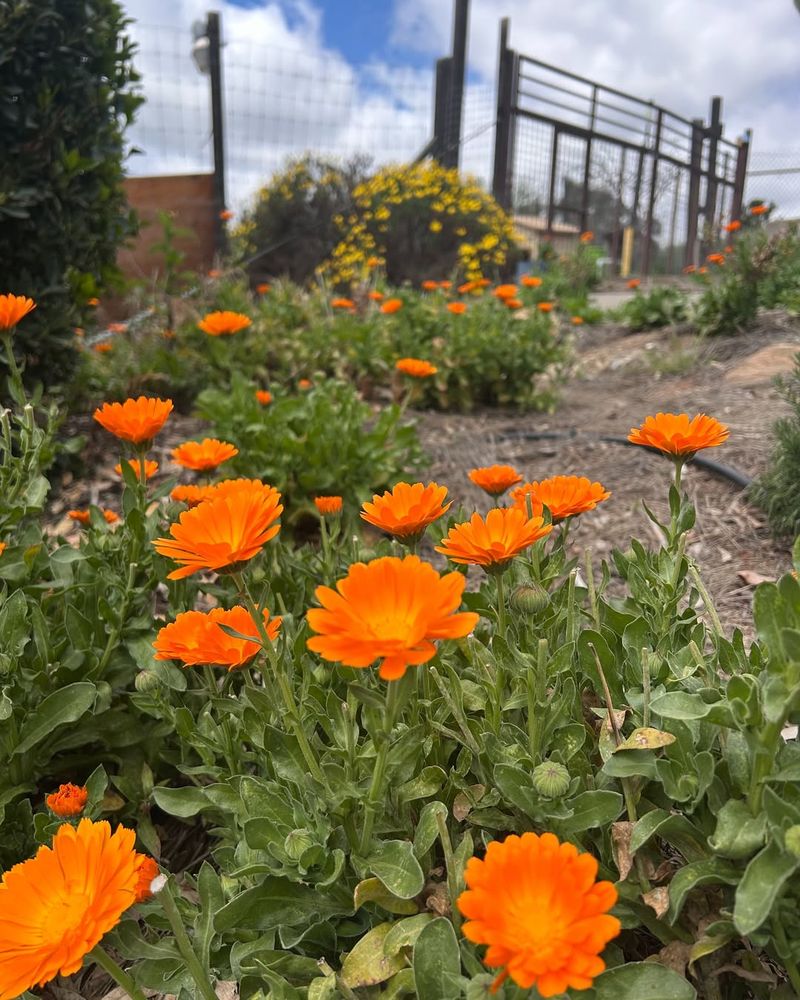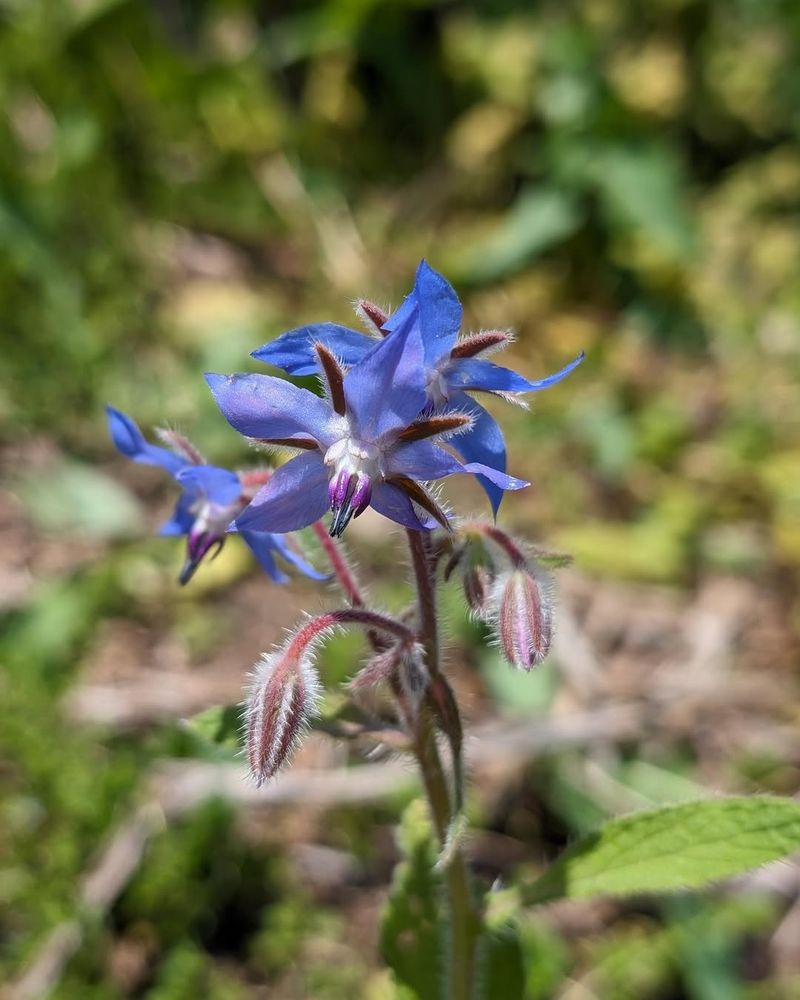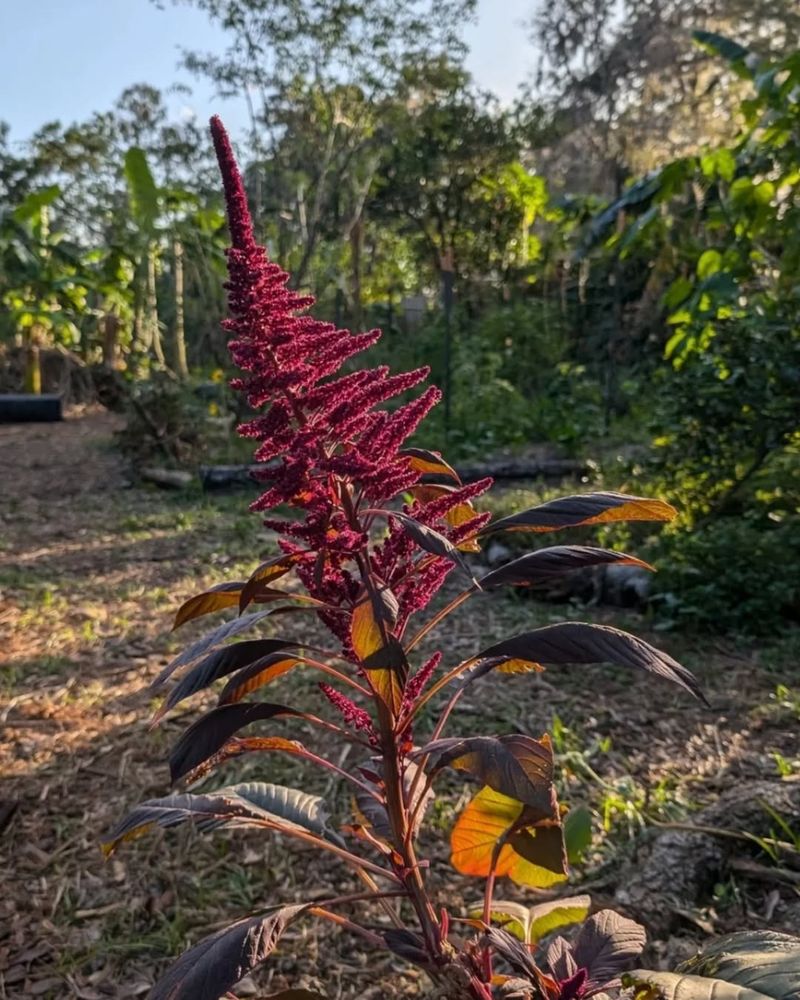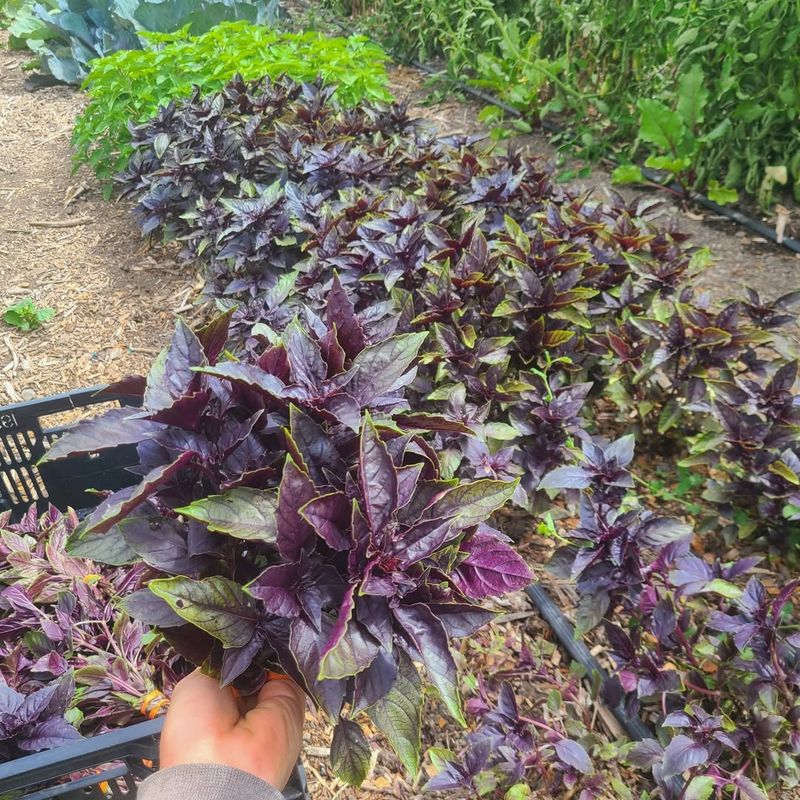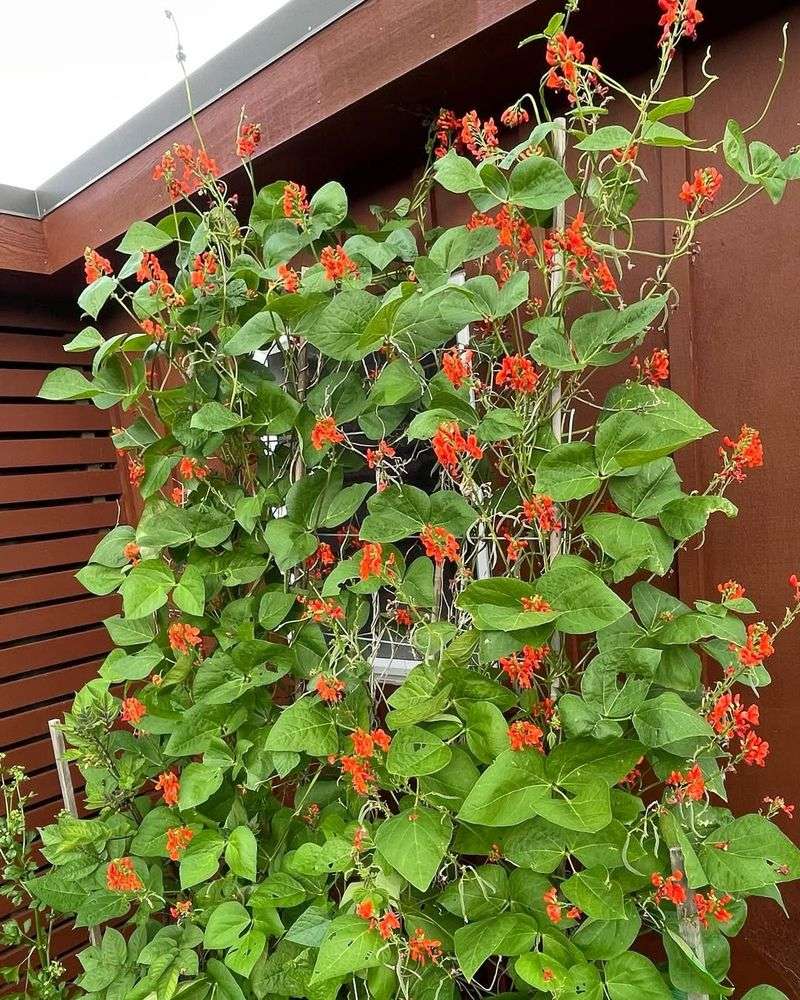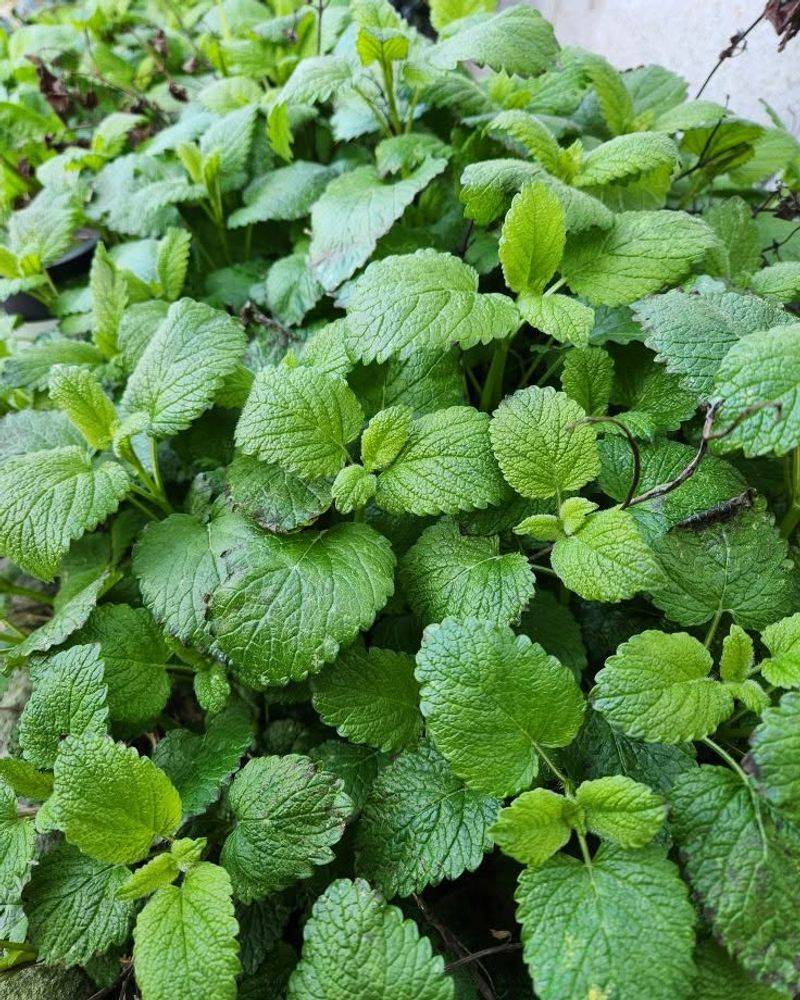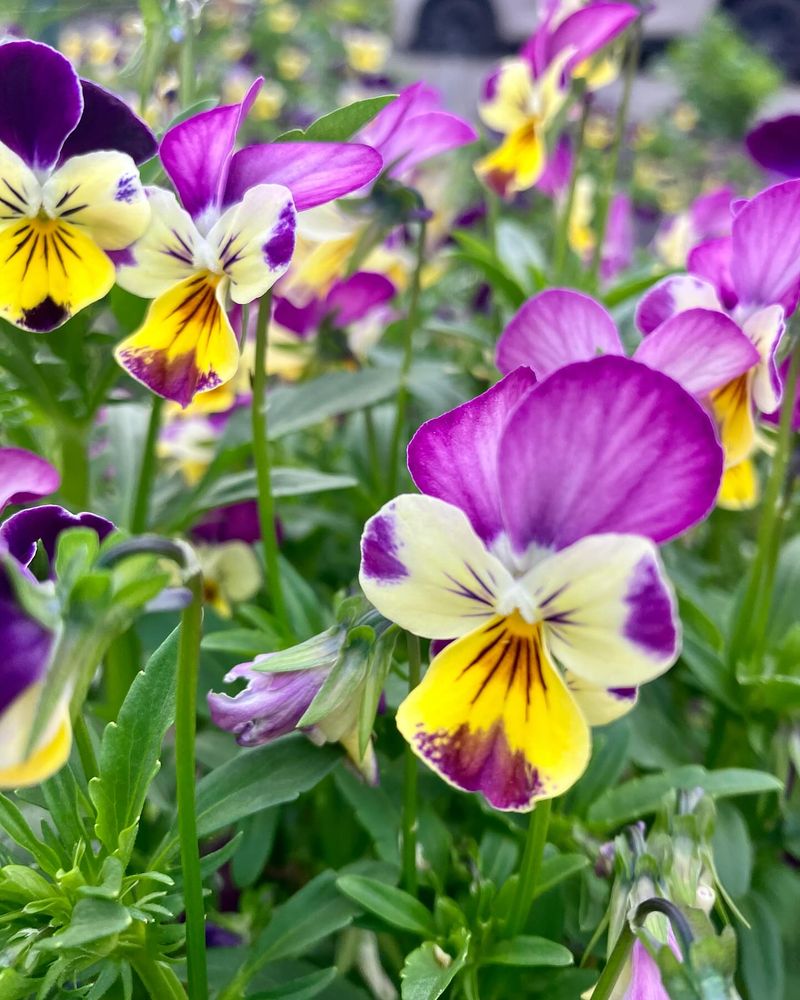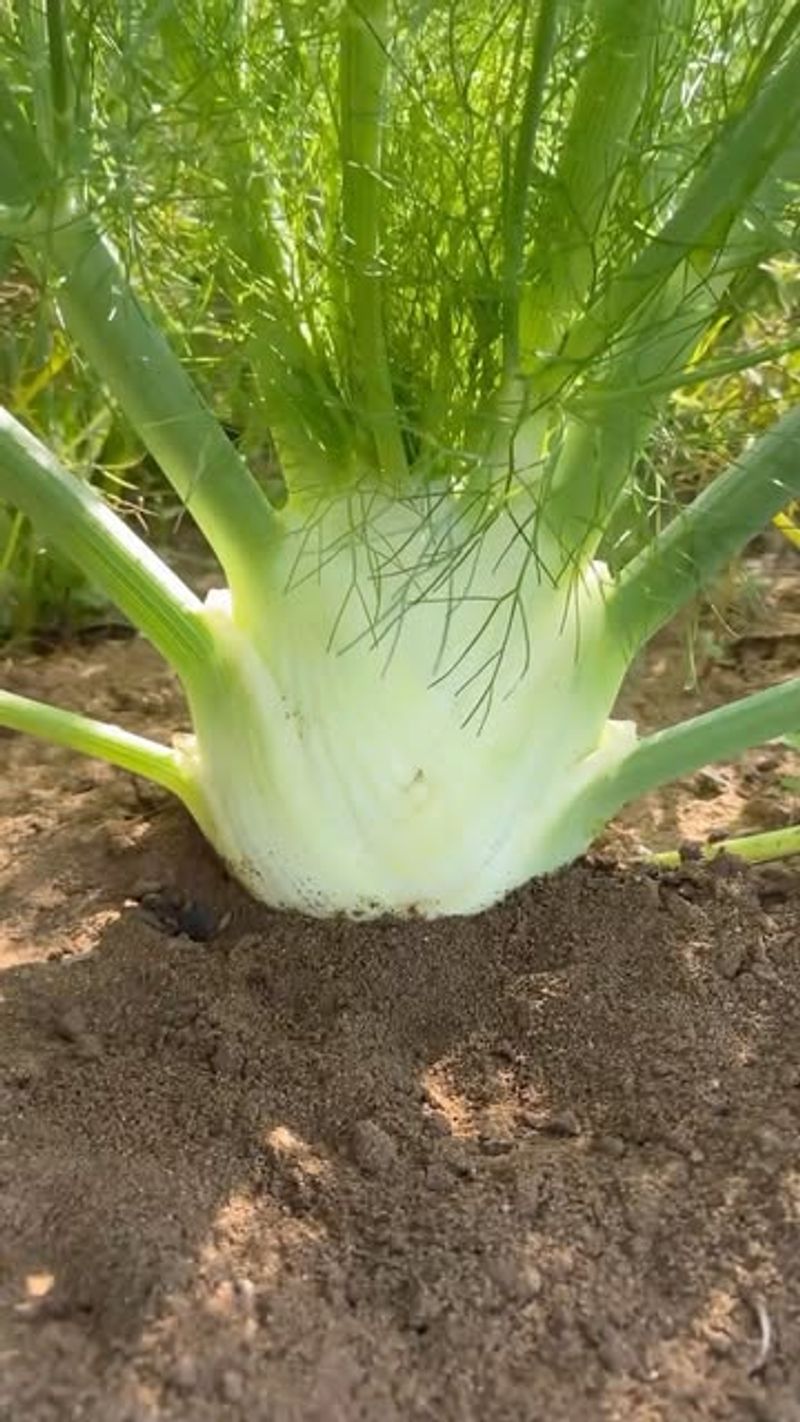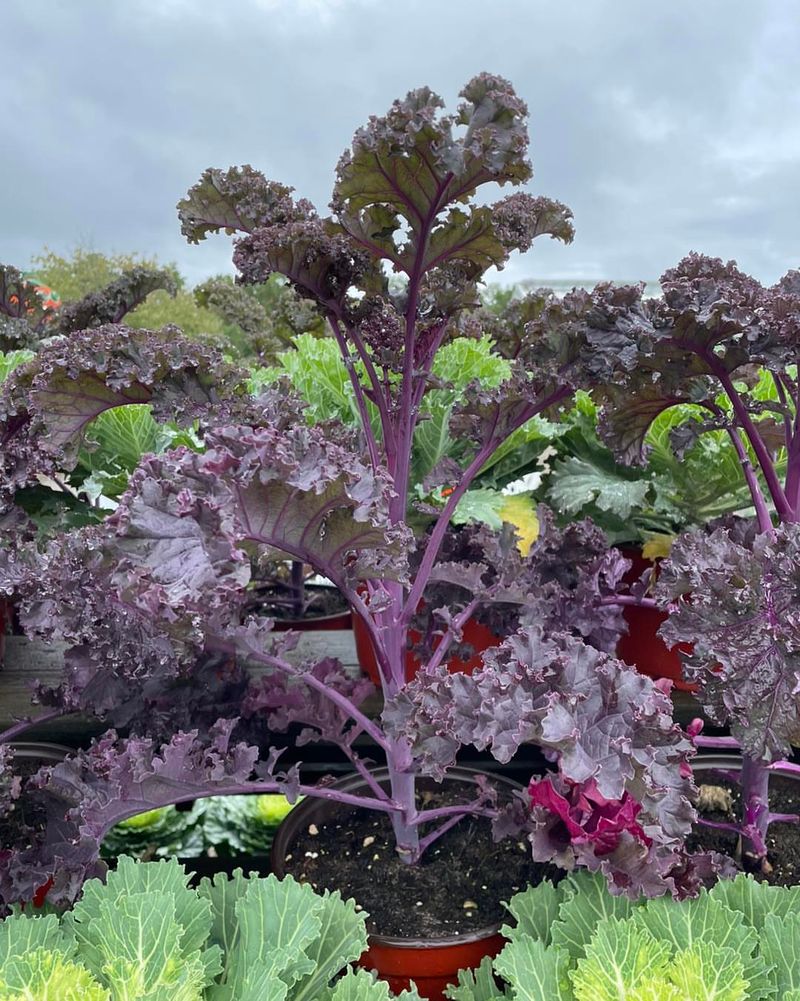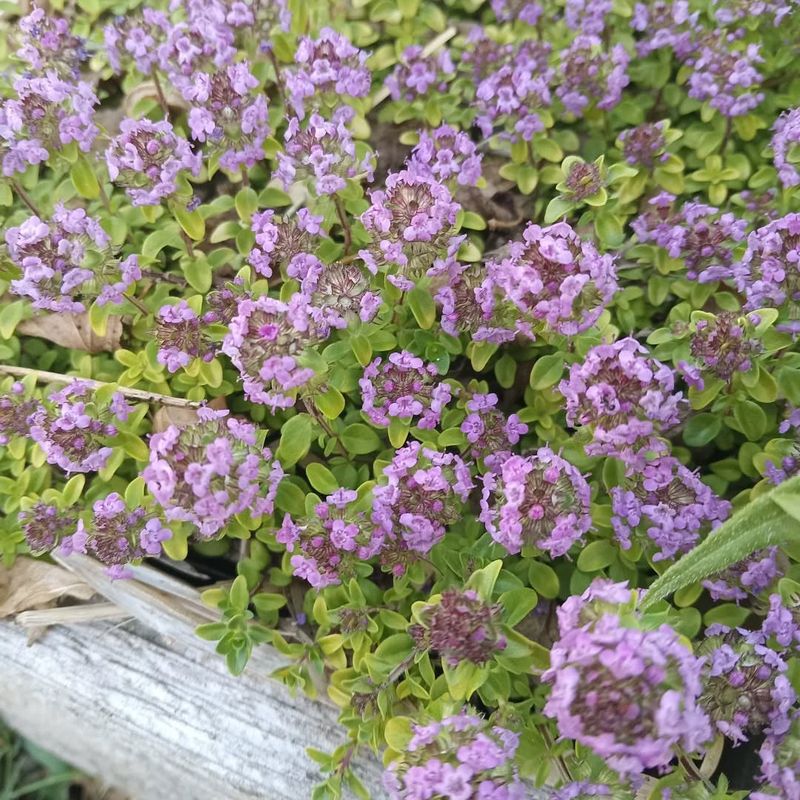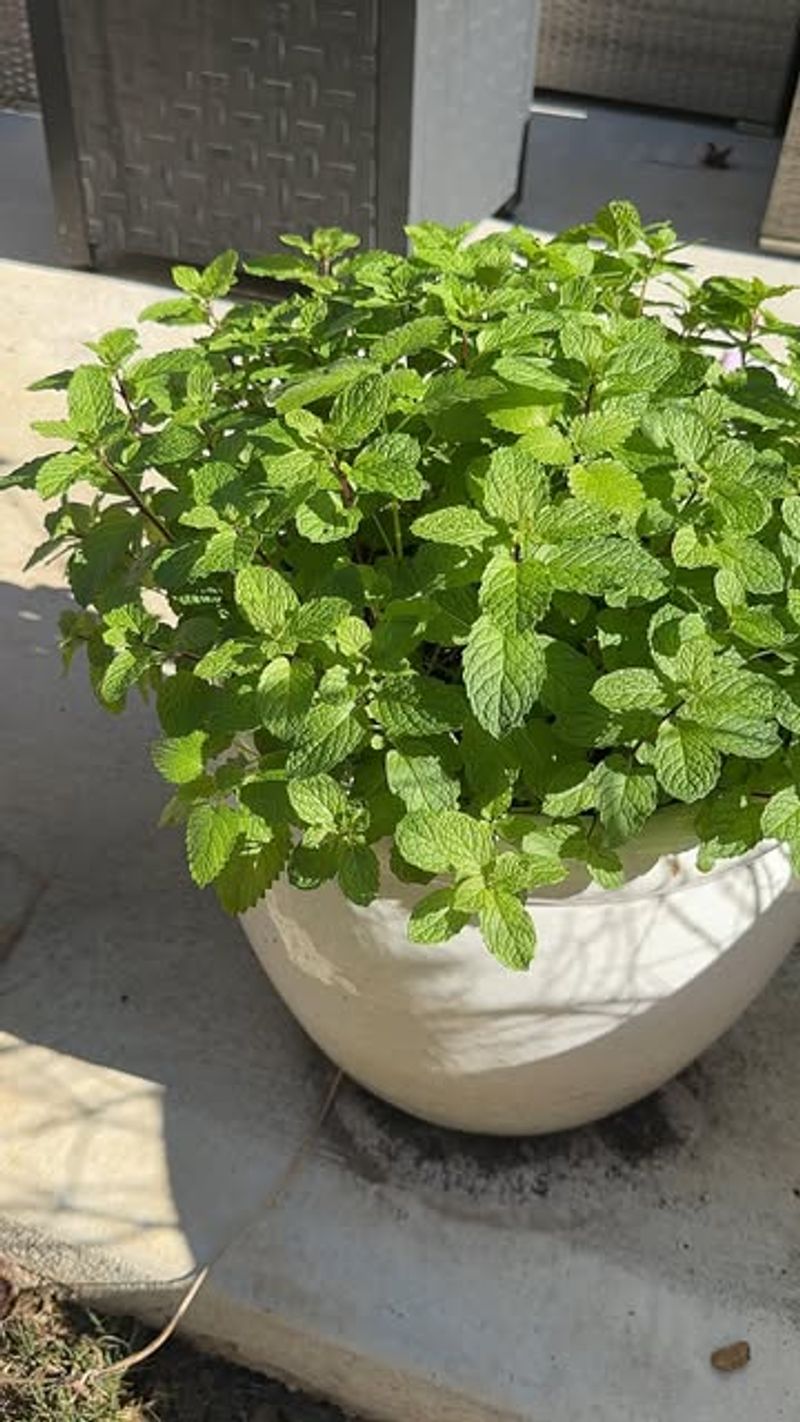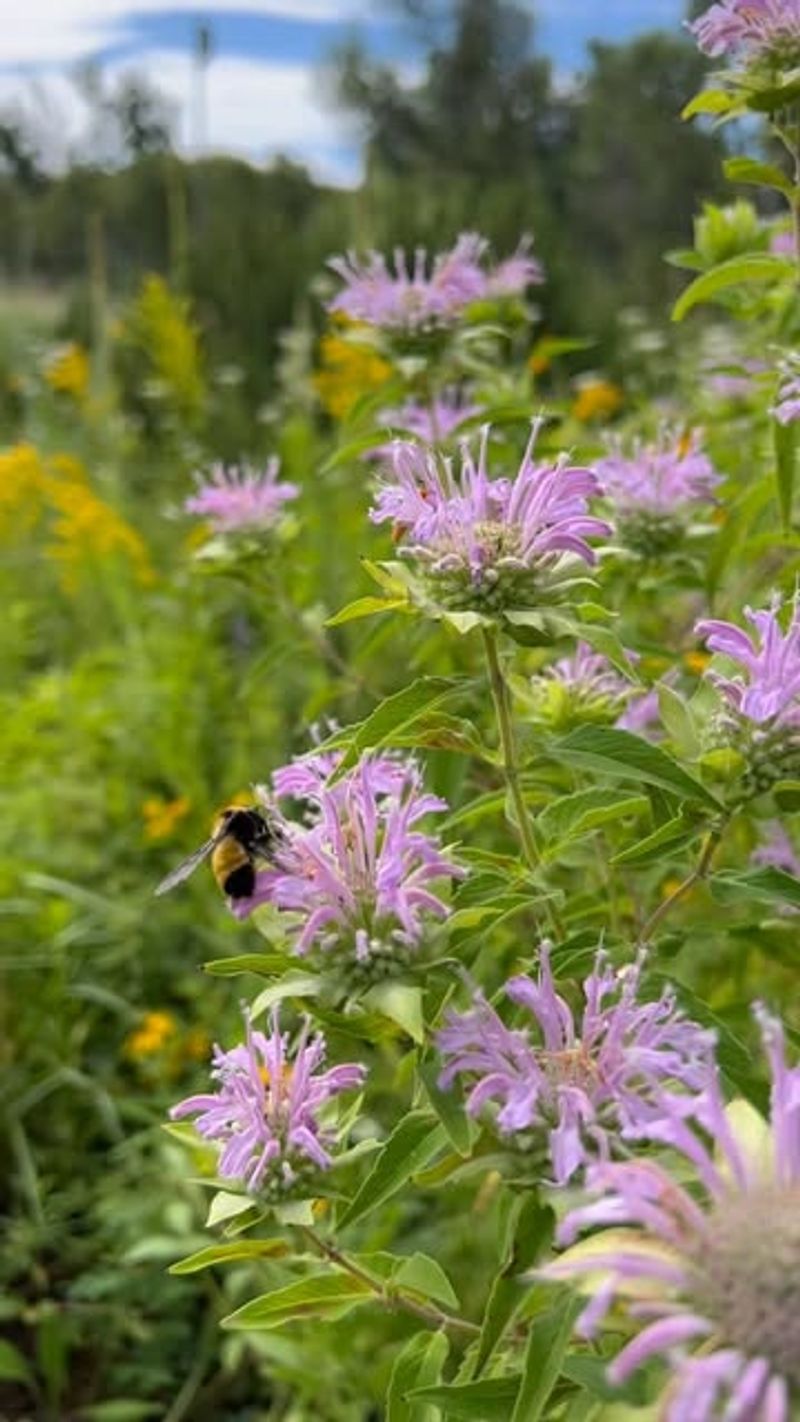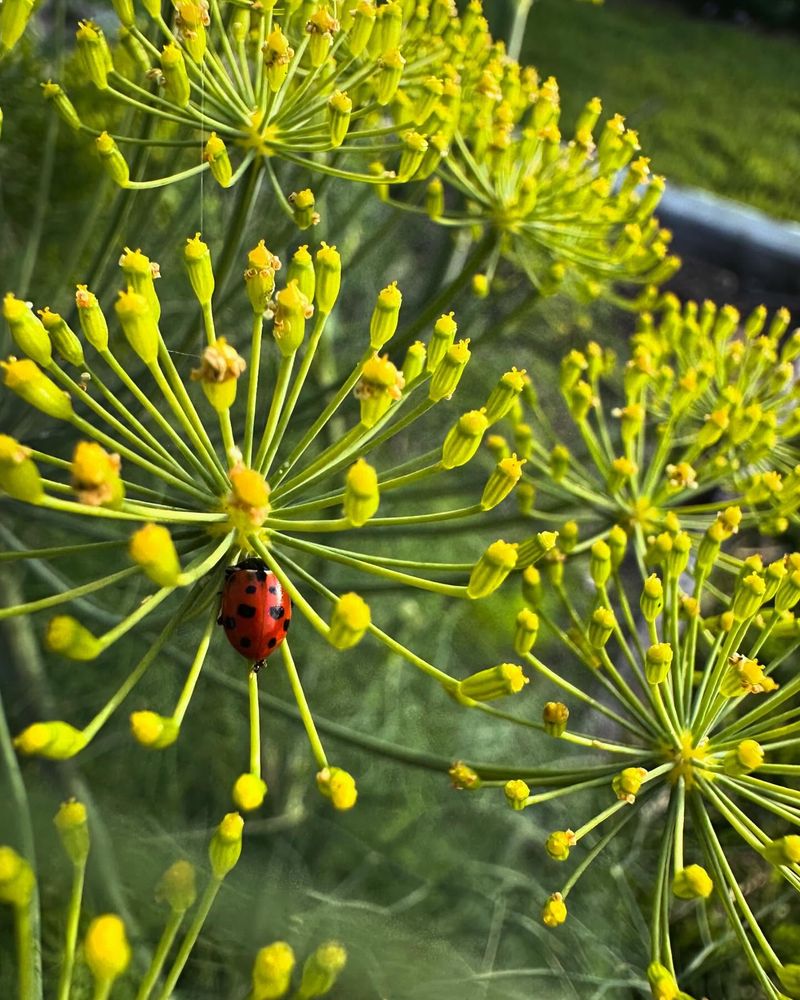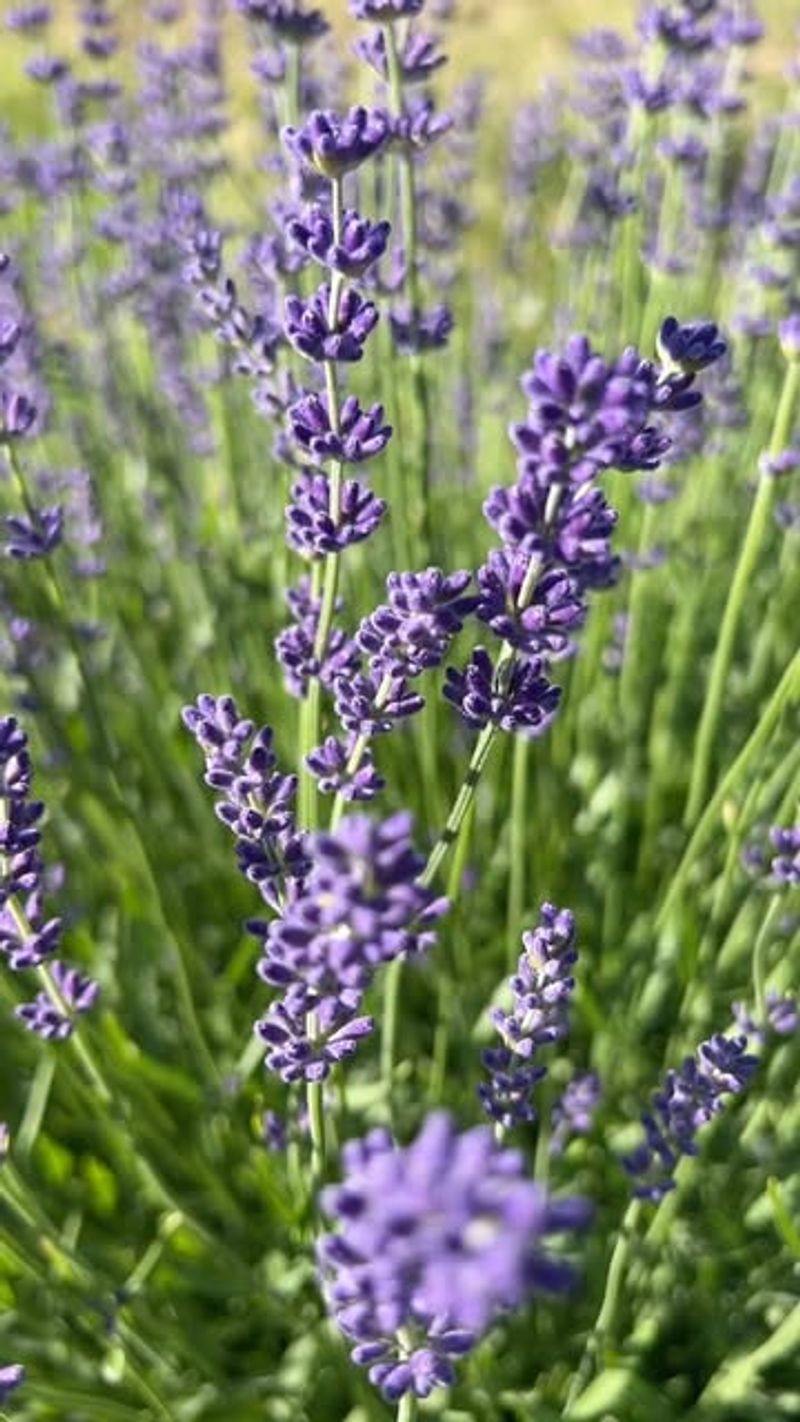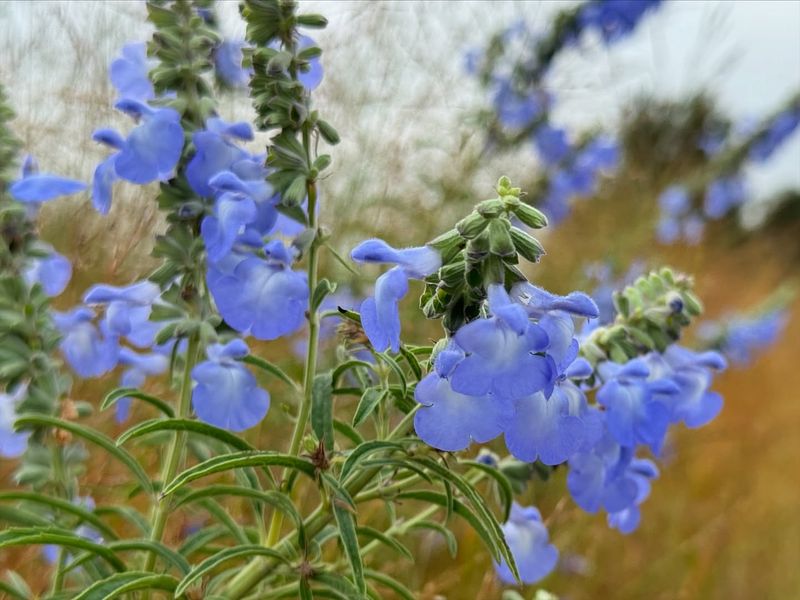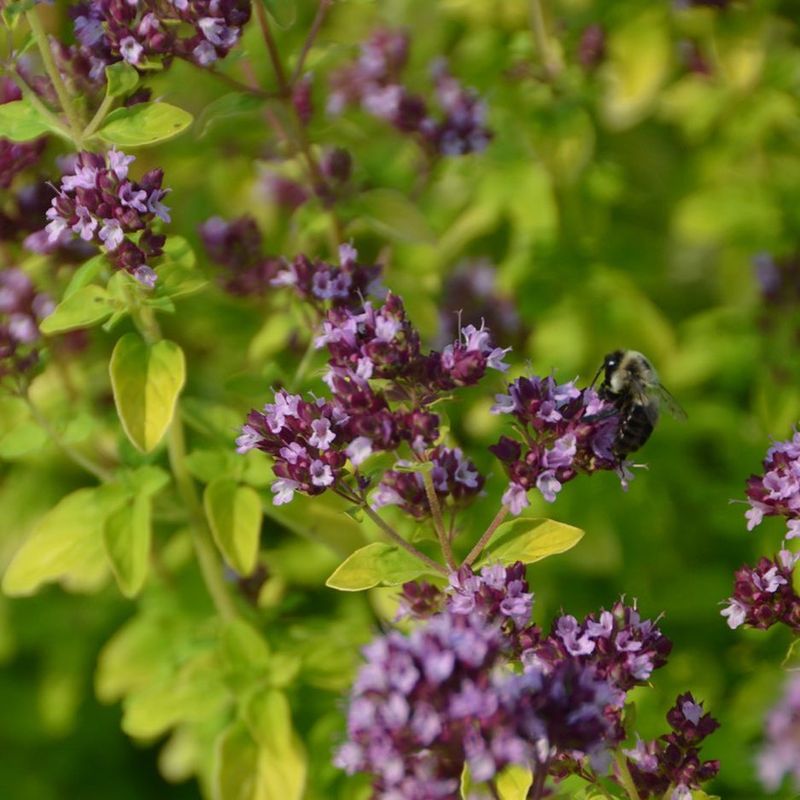Chaos gardening is a fun way to make gardens look wild and beautiful, while also growing food. Mixing different plants together can create a lively and colorful garden that surprises you every time you look at it. Planting edible plants that are also pretty is a clever way to enjoy a garden that’s as tasty as it is attractive.
1. Nasturtium
Nasturtiums are like little bursts of sunshine in your garden. Their bright, cheerful flowers come in reds, oranges, and yellows that pop against their round, green leaves.
These flowers aren’t just pretty; they’re also edible. You can add them to salads for a peppery kick. Nasturtiums are easy to grow, making them perfect for chaos gardening. They spread quickly, filling spaces with their vibrant colors and adding a touch of wild beauty.
Plant them near vegetables to help keep pests away, as their strong scent confuses insects. These hardy plants are a delight for both the eyes and taste buds.
2. Swiss Chard
Swiss chard is a rainbow in plant form. With stems that come in bright reds, pinks, and yellows, this leafy green is both decorative and delicious.
It grows tall and lush, adding height and color to any garden bed. Not only does it look good, but Swiss chard is also packed with nutrients. Use the leaves in salads or sauté them for a tasty side dish.
Swiss chard thrives in a variety of conditions, making it an ideal choice for mixed planting. Its colorful stalks create a striking visual contrast, enhancing the overall beauty of your chaos garden.
3. Calendula
Bright and welcoming, calendula makes a lovely, low-maintenance accent for garden borders and containers. Its cheerful, orange and yellow flowers not only catch the eye but are also edible.
Sprinkle the petals over salads for a splash of color and a hint of spice. Calendula is easy to grow and can thrive in various conditions. Its ability to self-seed means it will return year after year, making it a reliable choice for chaos gardening.
Besides its beauty and edibility, calendula is also known for its calming skin properties. It’s a true all-rounder in the plant world.
4. Borage
Borage is like a starry sky brought down to earth. Its star-shaped blue flowers are not only stunning but also edible. They add a cucumber-like flavor to drinks and dishes.
Borage is known for its ability to attract pollinators, like bees, making it beneficial for the whole garden. This plant grows large and bushy, filling spaces with its unique charm. It’s easy to cultivate and re-seeds itself, ensuring it comes back each year.
Let borage weave its magic in your garden, adding beauty and helping other plants thrive. Its flowers are little jewels in the garden landscape.
5. Red Amaranth
For a touch of the unexpected, red amaranth delivers bold color and a unique texture. This striking plant is not only a visual feast but also a nutritious one. Its young leaves can be used like spinach, while the seeds are a protein-rich grain.
Red amaranth grows quickly and can reach impressive heights, adding drama and color to your garden. It’s an excellent choice for chaos gardening due to its resilience and rapid growth.
This plant thrives in full sun, ensuring its deep color remains vibrant. Enjoy the beauty of red amaranth while adding a healthy twist to your meals.
6. Purple Basil
This aromatic herb is more than just a pretty face – it adds a delightful flavor to various dishes. Use it in pesto, salads, or as a garnish to impress dinner guests.
Purple basil grows well in sunlit areas and loves the warmth. Its striking color provides a beautiful contrast to other green plants, making it a valuable addition to chaos gardens.
As a bonus, purple basil can deter pests with its strong scent. It’s both an aesthetic and practical choice for creative gardeners.
7. Scarlet Runner Beans
Scarlet runner beans are a vibrant addition to any garden. With bright red flowers and long, green pods, they climb and twist around supports, bringing vertical interest to your garden space.
These beans are edible and can be enjoyed fresh or cooked. Their bright flowers attract bees, helping to pollinate other plants. Scarlet runner beans are easy to grow and can thrive in various climates.
They add height and color, making them perfect for chaos gardening. Enjoy their beauty and bounty while contributing to a more biodiverse and lively garden environment.
8. Lemon Balm
The invigorating scent of lemon balm makes it a must-have for sensory gardens and relaxing spaces. Its soft green leaves add a gentle touch to the garden, while the aroma can uplift any mood. Lemon balm is an easy-to-grow herb that thrives in various conditions, making it ideal for chaos gardening.
Use the leaves to make calming teas or add a zesty twist to recipes. This plant also attracts pollinators, benefiting your entire garden. Its lush growth fills spaces, creating a full and vibrant garden bed.
Lemon balm’s combination of fragrance and flavor makes it a delightful addition to any garden.
9. Chives
Chives are like little green fireworks in the garden. Their slender stalks shoot up, crowned with purple pom-pom flowers that bees love. These hardy perennials are easy to grow and make a great addition to chaos gardens.
Chop their leaves to add a mild onion flavor to dishes, or let them bloom for visual interest. Chives thrive in various conditions, spreading cheer wherever they’re planted.
They can also help deter pests, making them a practical choice for mixed planting. Their combination of beauty and utility is a win-win for any gardener.
10. Violas
With their dainty, multicolored petals, violas add a playful pop of color—and they’re edible, too! Toss their petals into salads for a touch of whimsy.
Violas are low-growing plants, perfect for filling in gaps in a chaos garden. They thrive in cooler weather and can bloom for extended periods, offering long-lasting beauty.
Violas self-seed, ensuring they return each season. Their colorful presence adds a joyful and lively element to any planting scheme, making them a delightful choice for gardeners of all ages.
11. Fennel
Fennel stands tall with its feathery fronds and unique licorice scent. This plant isn’t just striking; it’s also versatile in the kitchen.
The bulb can be roasted or sliced raw for salads, while the fronds make a fragrant garnish. Fennel is a great companion plant, attracting beneficial insects to the garden. It grows well in sunlit areas and adds height and texture to chaos gardens.
Fennel’s unique appearance and culinary uses make it a standout choice for those looking to blend beauty with practicality in their planting strategies.
12. Sunflowers
These cheerful giants make a bold statement in any garden. Beyond their beauty, sunflower seeds are a tasty snack and can be used in various recipes.
They’re easy to grow, thriving in sunny spots and poor soils. Sunflowers attract birds and beneficial insects, enhancing biodiversity in chaos gardens.
Their towering presence adds vertical interest, while their seeds offer a nutritious reward. Sunflowers are a joyful addition, bringing warmth and life to any garden setting.
13. Kale
Kale is a powerhouse of nutrition, boasting leaves that range from deep green to purple. This leafy green adds texture and color to the garden. Kale is versatile, used in salads, smoothies, and cooked dishes.
It’s hardy and can withstand cold weather, making it a reliable choice for year-round gardening. Kale’s varied leaf shapes create visual interest, while its health benefits make it a practical addition too.
This resilient plant thrives in diverse conditions, embodying the spirit of chaos gardening with its adaptability and abundance.
14. Thyme
This perennial spreads easily, forming a lush carpet that’s both beautiful and aromatic. Use thyme in cooking to add a savory note to dishes.
It prefers sunny spots and well-drained soil, thriving even in tough conditions. Thyme attracts pollinators, benefiting the entire garden ecosystem. As it spreads, it fills spaces with its pleasant scent and evergreen beauty.
Thyme’s resilience and culinary uses make it a cherished choice for gardeners looking to combine aesthetics with practicality.
15. Mint
Mint is a refreshing addition to any garden, with its bright green leaves and invigorating scent. This vigorous grower spreads quickly, filling spaces with its lush foliage.
Use mint leaves to make teas, desserts, or as a fresh garnish. It thrives in various conditions, making it perfect for chaos gardening.
Mint’s rapid growth and pleasant aroma bring both beauty and utility to garden spaces. However, it’s best kept in containers to prevent it from overtaking other plants. Enjoy the sensory delight of mint while keeping its exuberance in check.
16. Bee Balm
This plant is a magnet for bees, butterflies, and hummingbirds, boosting your garden’s biodiversity. Its flowers are edible, adding a splash of color and a mild citrus flavor to dishes.
Bee balm grows well in sunlit areas, spreading to create a lively display. Its bushy form fills spaces, adding depth and movement to chaos gardens.
The combination of beauty, flavor, and wildlife attraction makes bee balm an exciting choice for any gardener.
17. Dill
Few herbs are as graceful as dill, with its fine foliage and bursts of sunny blooms. This aromatic herb is not only a culinary delight but also a garden companion. Use dill to flavor pickles, salads, and seafood.
It grows quickly and can self-seed, ensuring it returns year after year. Dill’s airy presence adds a light, delicate touch to chaos gardens.
It attracts beneficial insects, making it a valuable part of any planting scheme. Enjoy dill’s fragrant charm and let it bring a touch of elegance to your garden spaces.
18. Lavender
Lavender graces gardens with its soothing scent and beautiful purple blooms. This hardy plant thrives in sunny spots and well-drained soil. Use lavender to make scented sachets, teas, or as a culinary herb for baking.
Its flowers attract pollinators, enhancing the garden’s ecosystem. Lavender’s calming presence and versatile uses make it a wonderful addition to chaos gardens.
It creates a peaceful atmosphere, while its robust nature ensures it stands tall among other plants. Let lavender’s beauty and fragrance transform your garden into a serene retreat.
19. Sage
This hardy herb is perfect for adding depth to dishes, from stuffing to roasted vegetables. Sage thrives in sunny, well-drained areas and can withstand tough conditions.
It produces blue flowers that attract pollinators, supporting garden health. Sage’s perennial nature ensures it returns year after year, filling spaces with its gentle beauty.
Its combination of culinary and ecological benefits makes sage an enduring favorite for chaos gardening. Let sage’s subtle charm enrich your garden landscape.
20. Oregano
Oregano spreads joy with its peppery flavor and hardy nature. This perennial herb loves sunny spots and well-drained soil. It’s a staple in Mediterranean cooking, enhancing sauces, pizzas, and grilled dishes.
Oregano’s small leaves and purple flowers add a touch of subtle beauty to chaos gardens. It attracts pollinators, benefiting the entire ecosystem. Oregano’s resilience and culinary uses make it a practical and attractive choice for gardeners.
Enjoy its robust flavor while adding a lush, green element to your garden’s tapestry.

